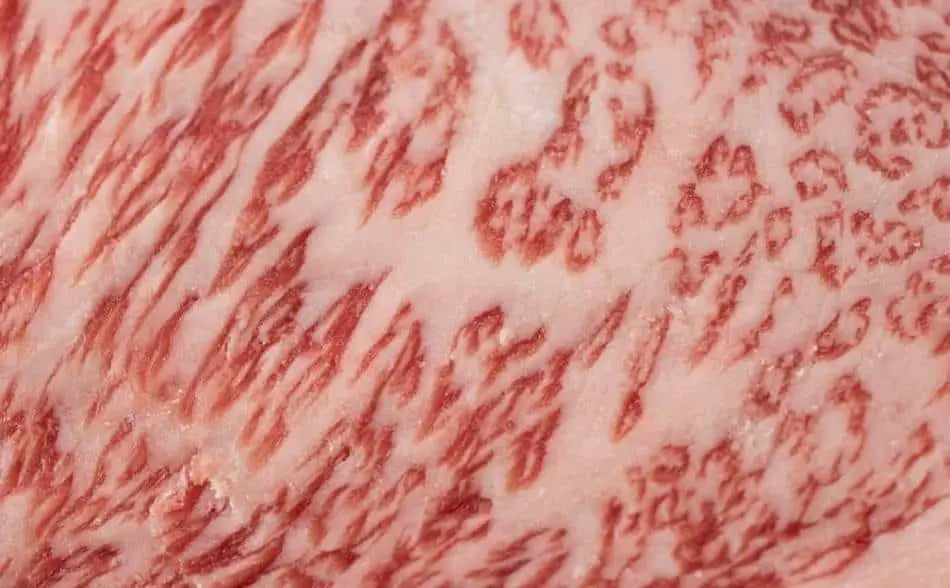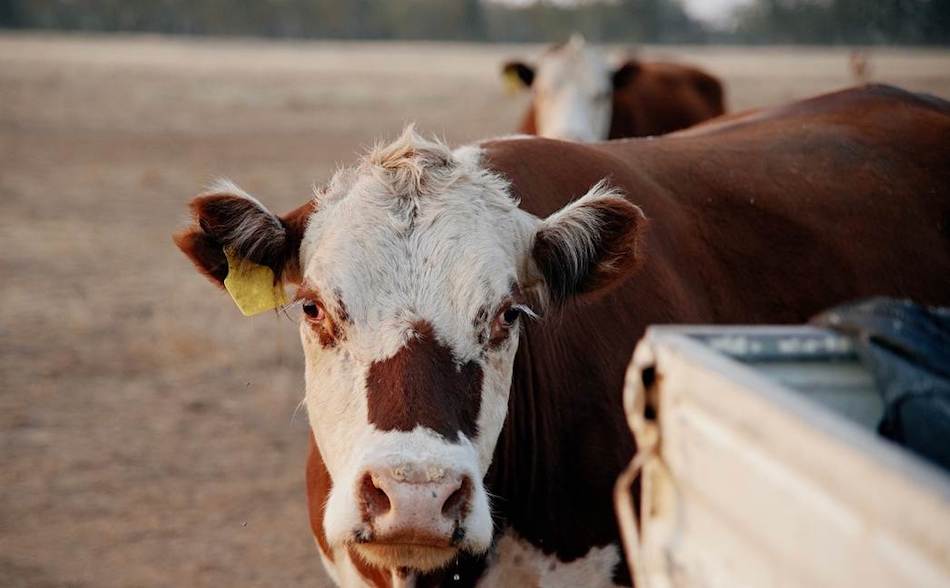
When choosing a brisket for smoking, it’s important to know how to identify quality meat. Knowing what to look for in a brisket will give you the best chance of having a delicious, juicy and flavorful brisket. Marbling is an important quality to look out for when selecting a brisket, so I did some research and found out everything I could about marbling.
When selecting a brisket for smoking, it is important to look for good marbling. Marbling is the fatty striations in the meat that contribute to its juiciness and flavor. The brisket point is preferred over the flat because it usually contains more marbling. To ensure a delicious and flavorful brisket, it is essential to choose a high-quality cut of meat with good marbling. You can determine the quality of the meat by looking at its grade, with USDA Prime being the highest and USDA Select being the lowest. The marbling score, which ranges from 3 to 13, is another way to measure the amount of marbling in the meat. Overall, good marbling is an important factor to consider when selecting a brisket.
Key Points
- Marbling in a brisket is the fatty striations in the meat, and is important for making the meat juicy and flavorful
- A brisket point is preferred over a flat because it has more marbling
- When cooking a brisket, the marbling will melt and add flavor and juiciness to the meat
- Marbling is good for adding flavor, but may not be desirable for those on a low-fat diet
- Beef is graded by independent meat inspectors, with USDA Prime having the most marbling and USDA Select having the least
- A marbling score is a measure of the amount of fatty striations in the meat, with a score of 13 being the highest
- When selecting a brisket, look for lots of marbling and choose the highest grade you can afford (USDA Choice, USDA Prime, or Wagyu)
What Is Marbled Brisket?
Marbled brisket is the fat striations in the meat. If the meat has good marbling, the flesh will have lots of fatty lines throughout. In simple terms, meat flesh is muscle, and the marbling is the fat mixed in and between the muscle. When a piece of meat has zero marbling, only the red flesh is visible. If your brisket nice marbling, it will be juicier and have more flavor.
| Quality | Marbling | Marbling Score | Grade |
|---|---|---|---|
| Lowest | Low | 3 | USDA Standard |
| Low | Low | 3-6 | USDA Select |
| Good | Moderate | 6-8 | USDA Choice |
| Excellent | High | 8-11 | USDA Prime |
| Exceptional | Very high | 11-13 | Wagyu, Kobe |
Brisket Marbling: Does It Really Matter?
When cooking a brisket over a long period, the fatty marbling in the meat flesh will melt and render into the flesh, making the meat more flavorful and juicy. If you choose a lean brisket with no marbling, then there’s a good chance it may dry out over the long cook, even if you do everything else right. In order to smoke the perfect brisket, you need to get all the elements right. You need to control your smoker and maintaining the right temperature; you need to mop the meat periodically; you need to wrap the brisket in foil; and you need to give the brisket enough time to rest. However, most people don’t pay enough attention to brisket selection. If you choose the wrong brisket, you have lost the battle before it has even begun.
Is Marbling Good Or Bad?
Marbling is good if you don’t have an issue with some fat in your diet, however, if you’re on a low-fat diet, marbling is probably not a good thing for you. If you’re on a lean diet, you should select meat without marbling. Lean meat will have hardly any white, fatty lines in the flesh. However, if fat isn’t an issue, then marbling is a good thing. Fat is where the flavor is, so when thin lines of fat are mixed into the flesh, it will make your meat taste delicious.
A lean brisket won’t have as much flavor without the marbling, and it may dry out. But that doesn’t meat, it can’t be good. If you get all the other elements right; the rub, the wood, the smoke, the basting, the wrapping, the temperature, and the resting, your brisket should still be delicious. Just don’t expect to win any competitions.
What Are USDA Beef Grades?
Independent meat inspectors are responsible for grading meat. When grading meat, inspectors consider the age of the animal and the intramuscular fat content. The lowest quality of meat is USDA Standard and USDA Select. When choosing meat for smoking, buy USDA Choice, or USDA Prime. Upwards from there are Wagyu and Kobe grade beef.
USDA Prime will have marbling that is clearly visible. This grade of beef is described as being from young, well-fed cattle and is usually served at restaurants. USDA Choice has less marbling than Prime, however, this grade of beef is still high quality. USDA Select is lean and tender, but has a low marbling score, therefore will have less flavor.
What Is Marbling Score?
A marbling score is a way to measure the amount or fatty striations within the meat. A marbling score of 13 is the highest and 3 is the lowest. The lowest grade of beef is USDA Select, which has a low marbling grade. A higher quality beef such as USDA Prime will have a much higher marbling score and a large amount of fatty lines within the flesh. Quality Wagyu will have a marbling score close to 13 in most cases.
What To Look For When Selecting Brisket
- Lots of marbling (fatty striation)
- Buy the highest grade you can afford. USDA Choice, USDA Prime or Wagyu.
- If buying a half brisket, choose the point (the thicker, pointy end).
- Make sure the top fat layer (fat cap) isn’t too thick. Most of the fat will need to be trimmed and end up in the bin.
How to Choose A Brisket For Smoking
When choosing a brisket for smoking, look for a piece of meat with lots of marbling. Learning how to identify meat with a high level of marbling is an important skill.
The other thing to consider is the fat cap. When preparing a brisket for smoking, most of the fat on top of the brisket will be removed. The fat cap doesn’t have much influence on the tenderness or juiciness of the meat, however, you don’t want to be paying for something that’s just going to end up in the bin.
Buy the highest quality meat you can afford. If you can afford Prime, Choice or Wagyu, then you will increase your chances of smoking a tender, juicy and flavorful brisket. If you buy USDA Select or unlabeled beef, then there’s a good chance that it’s going to turn out tough, no matter how well you control the other elements in the smoking process.
The brisket has two parts; the point and the flat. The point is the thicker, narrow part and the flat is the wider, thinner section of the brisket. The butcher will either sell the brisket as a whole piece, or cut it in half and sell the point or flat separately. If you have the choice, buy the point because it’s a much better cut of meat.

Wagyu Brisket
Wagyu is a Japanese breed of cattle and produces meat with the highest marbling score, more than any other grade of beef. Wagyu beef has a high percentage of intermuscular fat, so a brisket in this breed will melt in your mouth and be full of flavor. Wagyu is also the most expensive, so a whole Wagyu brisket will cost you an arm and a leg.

Angus Brisket
Angus beef is full of flavor and is one of the highest quality breeds of cattle. If you can find an Angus brisket, you won’t be disappointed. Certified Angus Beef (CBA) is a common brand of Angus that is available in the US. CBA is USDA Prime or USDA Choice.
Extra Tips: How to Smoke a Tender Juicy Brisket
Marbling and the quality of the meat is often overlooked when people are choosing brisket. You can do everything else right, but if you have low quality meat without marbling, then there’s a good chance it will turn out chewy or dry.
- Choose the highest quality meat you can afford.
- Select a brisket with a high marbling score.
- Keep the temperature of your smoker under 220°F.
- Baste the brisket every hour prior to wrapping.
- Wrap the brisket in foil or butcher paper at 150°F.
- Cook the brisket to an internal temperature of 203°F.
- Rest the brisket for 2-4 hours after cooking.

